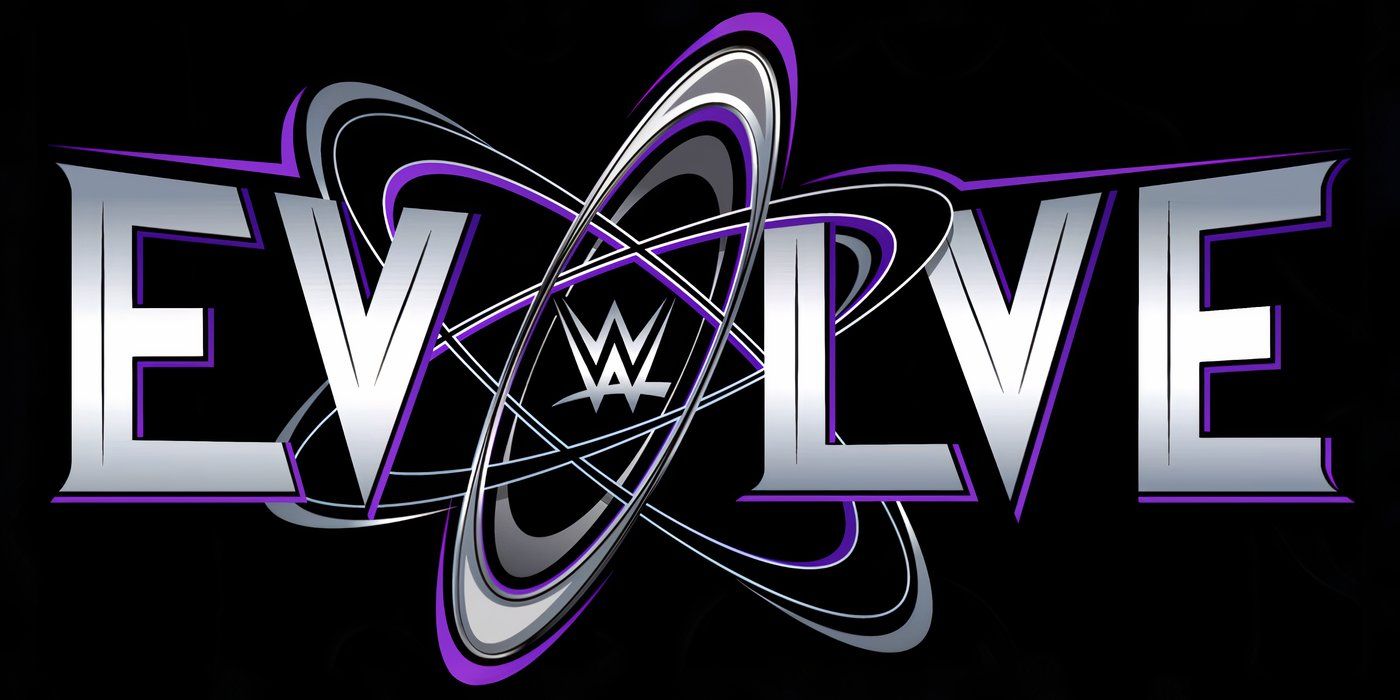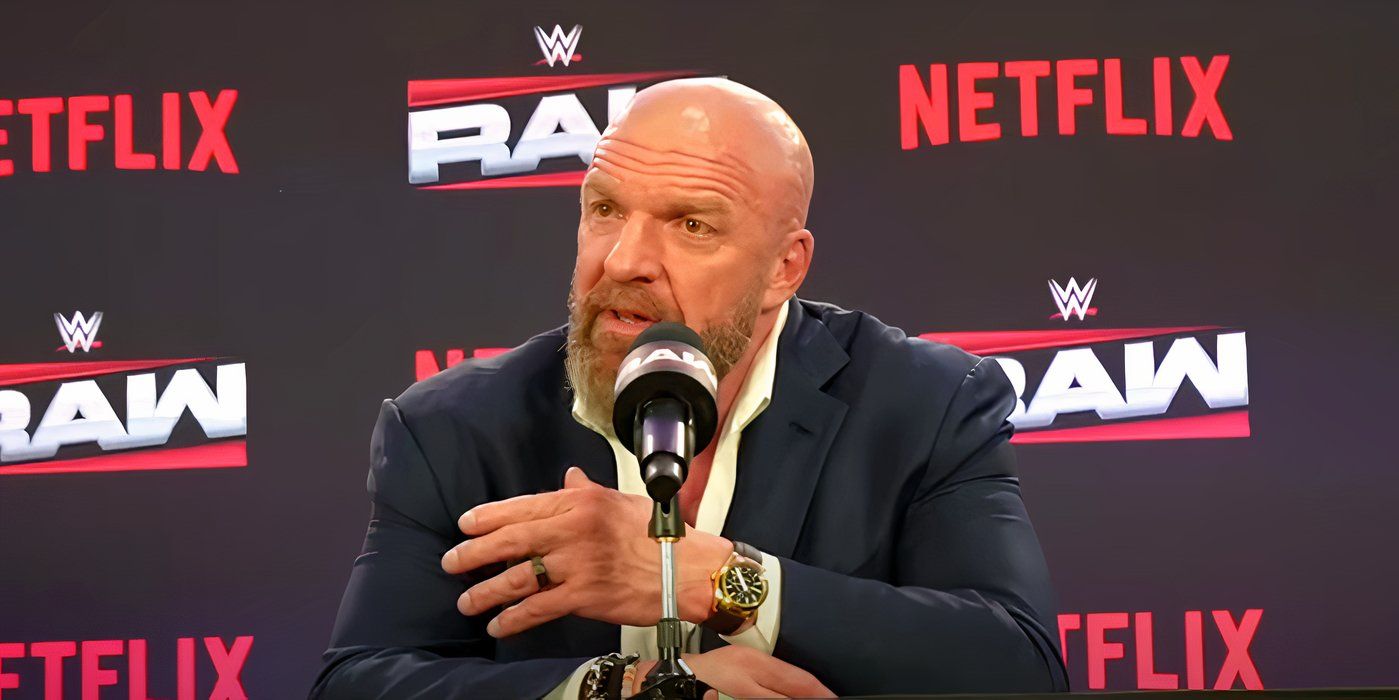WWE has soared to unprecedented levels of worldwide popularity, achieving a staggering number of sellouts and notable success with their Premium Live Events (PLEs). Currently, the organization is riding a wave of success reminiscent of the late ’90s, making it imperative for them to continue expanding their brand.
To facilitate this growth, World Wrestling Entertainment has introduced several new shows across various platforms, including Evolve, Speed, and LFG. They’ve also forged a partnership with TNA Wrestling and recently unveiled the WWEID program. In an era where content reigns supreme, WWE ensures there’s an abundance of programming each week, making it nearly impossible to scroll through your cable guide or YouTube feed without encountering some form of WWE content.
While this abundance of content is a positive development, it also raises concerns. Is WWE risking overexposure by asking fans to engage with too much wrestling?
Is WWE Giving Fans Too Much Of A Good Thing?
There’s An Excess Of WWE-Related Content Right Now
WWE has previously experienced this cycle. Following the expansion of NXT into the UK, they floated the idea of further extending their brand globally. As they reevaluated this strategy, they decided to focus on nurturing talent through various platforms. NXT has now become their third brand, especially reflected in recent TV ratings, and Triple H’s team is committed to scouting and developing young talent.
Programs like Evolve, Speed, and the WWEID initiative are designed to scout and develop talent for the company. Given that WWE has attracted top-tier talent through their collaboration with TNA, this partnership is instrumental in their talent pipeline.
Then there’s Legends & Future Greats, another initiative aimed at connecting young prospects with a broader audience. WWE has also produced extensive biographical and historical content about its legacy, airing frequently on the A&E Network.
Despite the value these programs bring, one can’t shake the feeling that there’s an overwhelming amount of WWE content available right now—especially considering how well the main roster is performing. Long-term, could this juggling act jeopardize the appeal of their crown jewels, RAW and SmackDown?
Do Any Of These Outside Brands Draw New Fans?
A Large Portion Of WWE Fans Don’t Even Watch These Shows
For countless devoted wrestling fans, these ancillary shows often feel like mere filler. Viewers might tune into an episode or two of Evolve or LFG when there’s nothing else available, but they don’t typically engage deeply with these programs. Most WWE viewers generally begin paying attention to wrestlers or storylines only once they reach the NXT stage, making the Tuesday night show a sort of threshold for many regular fans.
While hardcore fans might watch, what about everyone else? Given that a significant percentage of wrestling enthusiasts don’t keep up with these additional shows, is WWE trying to attract mainstream audiences with initiatives like LFG? And what about the extensive A&E specials that keep airing? The content wheel is always turning.
Does WWE believe these behind-the-scenes reality shows will attract non-wrestling fans? That remains uncertain, but there’s no doubt the organization seeks greater mainstream visibility. This ambition mirrors the rock ‘n’ wrestling phenomenon of the mid-1980s. Nowadays, WWE aims for recognition on par with major sports leagues like the NFL or NBA.
While this aspiration may seem like a tall order, it’s certainly not new for WWE to reach out to the casual viewer. It likely won’t be the last time. However, the core loyal fan base is crucial, and many feel inundated by the slew of new programming.
Over-Saturation Could Lead To Apathy Among Loyal Fans
It’s Hard To Keep Track Of All The WWE Content Right Now
A recurring narrative throughout WWE’s history is that overextension often backfires. Currently, the proliferation of various brands under the WWE umbrella threatens to dilute the inherent excitement of the product. While WWE’s financial health is stable and secure,
asking their devoted fanbase to invest excessive time, attention, and sometimes frustration may be asking too much. As an avid viewer of both RAW and SmackDown, I find myself catching NXT occasionally, but I suspect this is true for many WWE fans. They’ve long been accustomed to watching on Mondays and, more recently, on Fridays. However, outside these flagship shows, not many regular viewers actively seek out the additional content.
Ultimately, WWE has every right, along with the resources, to produce as much content as they wish. Some segments of their fanbase will likely stay engaged with all of it. Yet, there remains a persistent belief among the broader audience that they may be overextending themselves. Such fatigue could lead to diminishing returns on viewer engagement, particularly if the quality of their primary shows begins to wane, or if PLEs start feeling monotonous and stale. The resilient WWE Universe could soon voice their concerns over the organization having too many projects on its plate.


